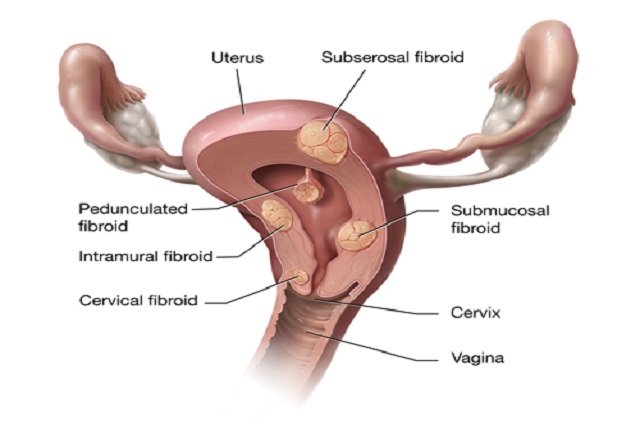1. Definition
Cervical fibroid, or cervical leiomayoma is a type of fibroid that develops in a woman’s cervix. Fibroids are small, non-cancerous growth that appears in the reproductive system of women of child bearing age. Often they are benign and will not develop into cancer. However, symptoms such as bleeding or irregular periods can occur in cases of larger fibroids, causing distress to the patients.
Cervical fibroid is uncommon and most of the time will be accompanied by uterine fibroids. When a fibroid is in the cervix, it can alter the shape of the cervix, causing it to increase in length. Larger fibroids can push the uterine upward or block the urinary tract. Cervical fibroid can be particularly dangerous in cases of pregnancy, as the womb exit can be block by larger fibroids. Additionally, cervical leiomyomas can demonstrate an unusual growth pattern.
2. Epidemiology
Cervical fibroid accounts for approximately 5% of all fibroid cases. Prevalence of fibroids increases with age and is more common in Caucasian women.
As with other types of fibroids, epidemiology data is limited. The often lack of symptoms means that women are less likely to arrange screening for the condition and most of the time will discover them through routine exam session.
3. Risk factors
Common risk factors for fibroids include age, ethnicity and genetic factors. Onset of menstruation at an early age, diet, alcohol and obesity may also contribute to an overall increased risk of getting fibroids.
Sources:
http://radiopaedia.org/articles/leiomyoma-of-the-uterine-cervix





